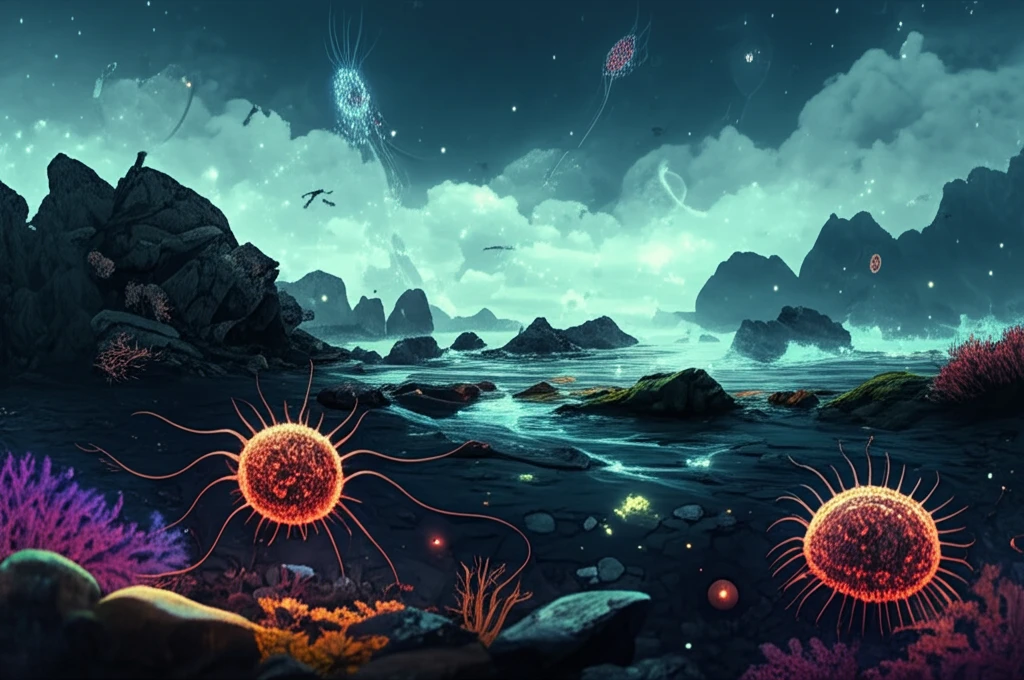
Unlocking the Secrets of Skagerrak: How Protist Diversity Shapes Our Understanding of Marine Ecosystems
"A Deep Dive into Seasonal Dynamics and the Role of Tiny Organisms in a Vital Marine Region"
The ocean, a vast and mysterious realm, is teeming with life far beyond what the eye can see. Microscopic organisms, particularly protists, form the base of marine food webs and play a crucial role in global biogeochemical cycles. Understanding their diversity and dynamics is essential for predicting how marine ecosystems will respond to environmental changes.
The Skagerrak, a strait running between Norway, Sweden, and Denmark, is a highly productive marine area influenced by a complex interplay of currents and seasonal variations. This unique environment supports a rich community of protists, making it an ideal location to study their ecological roles and responses to environmental shifts.
Recent research, combining advanced metabarcoding techniques with traditional microscopy, has unveiled unprecedented insights into the protist communities of the Skagerrak. This article dives into these findings, exploring the hidden diversity, seasonal dynamics, and ecological significance of these often-overlooked microorganisms.
What Are Protists and Why Do They Matter?

Protists are a diverse group of eukaryotic microorganisms, including both unicellular and multicellular algae, as well as protozoans. They exhibit a wide range of ecological functions, from photosynthesis to decomposition, and are integral to marine ecosystems. Microalgae, for instance, are key players in coastal ecosystems, significantly contributing to carbon flux through the microbial loop. They serve as the primary producers, supplying photosynthetic products that sustain higher trophic levels.
- Photosynthesis: Microalgae capture sunlight and convert it into energy, fueling the marine food web.
- Decomposition: Other protists break down organic matter, recycling nutrients back into the ecosystem.
- Predation: Many protists consume bacteria and other microorganisms, controlling their populations.
- Bioindicators: Protist communities reflect environmental conditions, providing early warnings of ecological stress.
Looking Ahead: Protists as Sentinels of Change
The comprehensive study of protist communities in the Skagerrak provides a valuable baseline for future research. As climate change and other anthropogenic factors continue to impact marine environments, monitoring protist dynamics will be essential for understanding and predicting ecosystem responses. By using protists as sentinels of change, we can gain critical insights into the health and resilience of our oceans.
